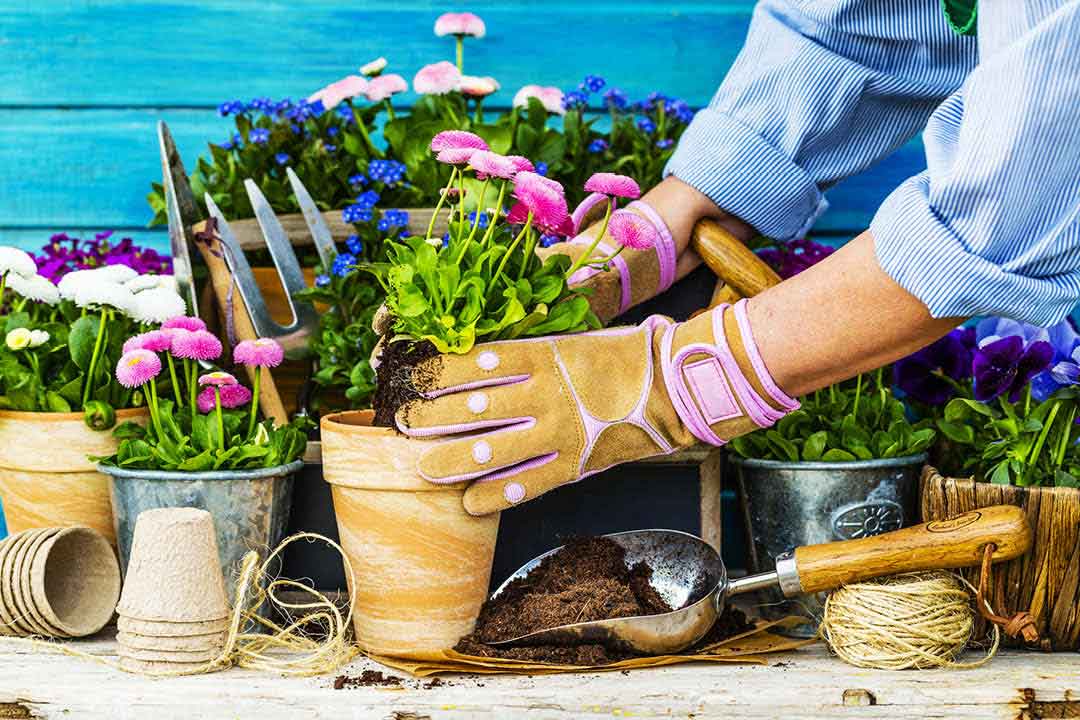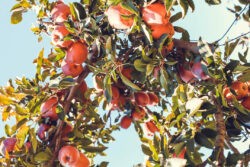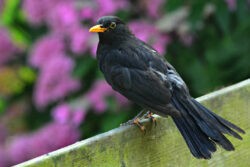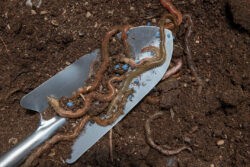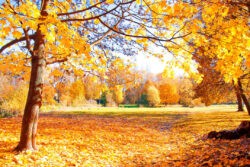A solution for brightening up small to medium-sized gardens, with big potted flowers, shrubs or plants. Step forward the humble pot.
These days, a large garden with an abundance of trees, plants, a vegetable plot and perhaps even a small area for herbs is a luxury few of us have.
The reality of modern living and the increasing necessity by planners to maximise the land they have to develop, means our outside spaces have gradually become smaller, with little room to cultivate.
To that end, if you’ve not put roots down metaphorically, it’s unlikely you’ll want to invest in physical ones either!
The solution to those looking to create interest, texture and variation to an outside space, is to consider clever use of pots; here’s why:
1 Versatility
Using pots as a way to house things you grow in your garden, means you can move them around at will. This may suit you across the changing seasons, or simply satisfying your changing moods as your garden evolves over time.
And of course, if you move to a new house, you can take your portable paradise with you.
2 Budget
Pots are generally very cheap, and last across the seasons, and while the plastic variety may feel and look cheap, they can be painted assorted colours and hung from walls, stacked along sills, or placed on benches.
Similarly, if the time comes that you want to invest in something a bit showier, simply repot, and your tree, shrub or plant has immediately been the grateful recipient of a Mother Nature makeover.
3 Colour
Work pot colour into an area of your garden, either as a way of blending with a background, or perhaps with the intention of adding standout value that will wow visitors.
4 Multi-use
Whether placing inside it a small shrub or a strapping tree, your perfect pot offers a happy home for all manner of living matter.
5 Design
Pots come in all shapes and designs; from the basic terracotta round variety, to elegantly glazed, right through to the steely grey industrial look that suit a rather more contemporary garden.
Other considerations
Effective pot use in your garden isn’t just a case of letting your new installations do the work – you’ll need to plan your space and your purchases carefully.
When choosing which type of containers you would like, first consider your space. If you just have a window box or modest balcony, smaller plastic or tin planters work best.
If you have an entirely concrete space, choose larger vases made of clay, either plain or painted. These will bring life to the dank corners and transform a brutalist set of stairs into a picturesque path.
It can be tempting to assemble an assortment of different pots and containers, but this can start to look messy, so choose a theme and stick to it. Even a garden which already has an assortment of things growing can be enhanced and pulled together with some strategically placed vessels.
Similarly, as far as flowers go, you don’t want to throw just any seeds in and hope for the best. Consider which colours work best together and try to pick flowers of equal heights. Poppies and dahlias complement one another magnificently, as do tulips and peonies.
For trees and larger plants, obey all the usual rules in terms of factoring in shade and direct sunlight. The good news is if you do position your pot in the wrong place, it’s very easy and quick to move… and the same can’t be said about a tree anchored 3ft in the ground!
Image: shutterstock_270149396
